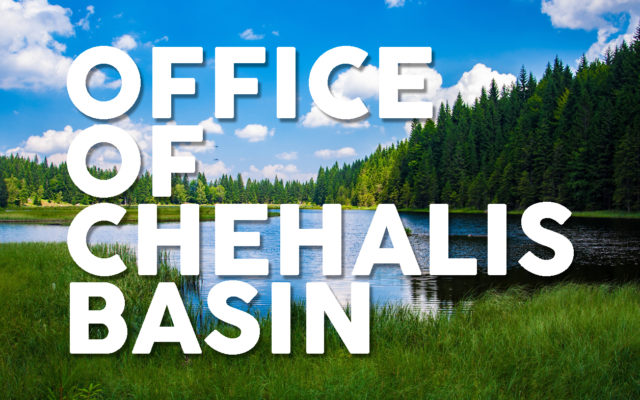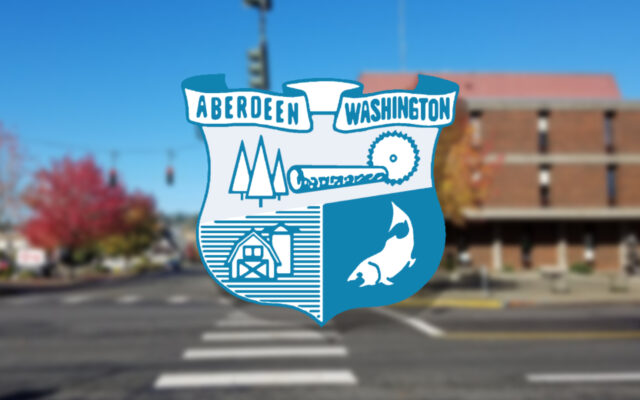Chehalis Basin Board approves $70 million spending plan

The Chehalis Basin Board has voted unanimously to approve a spending plan for 2021-2023 for the Chehalis Basin Strategy.
This plan allocates $70 million across a number of projects for flood damage reduction and aquatic species habitat restoration.
The exact number of projects or funding allocated to Grays Harbor is not known at this time.
On July 1, Chehalis Basin Strategy actions and investments were temporarily paused as the Board continued discussions to reach consensus around portions of the plan.
“The Chehalis Basin is an important place — home to distinct communities, vital commercial and tribal fishing and shellfishing industries, productive timberlands, significant agricultural production, and the I-5 key commercial corridor,” said Washington Governor Jay Inslee. “Meeting the twin goals of reducing flood damage and restoring aquatic species is vital to the Basin’s future. I appreciate the hard work of the board to create a shared path forward. The Chehalis Basin Strategy is a priority for Washington State, and I am deeply invested in its continued success.”
The decision represents months of outreach, questions, research, robust dialogue, and extensive collaboration between OCB, board members, state agencies, tribal governments, project partners, Basin community members, and local governments.
“This next step for the Chehalis Basin Strategy is especially significant now, as our region navigates the immediate impacts of climate change — drought, water curtailments, and searing water temperatures, followed by forecasts of a likely La Niña season to bring flooding this upcoming winter,” said Office of Chehalis Basin Director Andrea McNamara Doyle. “We must prioritize these urgent efforts to protect against the dual threats of flood damage and aquatic species decline.”
Highlights of the spending plan’s allocations include:
- $11.8 million for local-scale flood damage reduction efforts, designed to keep communities and ecosystems safe now and for years to come. This will fund priorities identified by local communities through the Flood Authority, as well as support for more individual landowners seeking to floodproof, elevate, or relocate their homes.
- $10.5 million for the continued analysis of the proposed flood protection dam and airport levee. No decisions and no approvals about whether the proposed dam will move forward to permitting have been made. This funding will address items required for the completion of the final SEPA and NEPA environmental impact statements, and will support further defining the opportunities to avoid, minimize, and mitigate impacts from the project.
- $22.3 million for the Aquatic Species Restoration Plan (ASRP), designed to protect and restore more than 550 miles of prioritized aquatic habitat. This will fund 13 miles of new reach-scale projects, early work on an additional 16 miles, five new amphibian habitat projects, and six new protection acquisitions. It also provides implementation support for the many miles of projects that are already underway.
- $4.4 million for integrated projects that meet both flood damage reduction and aquatic species habitat goals. This includes erosion management projects, the Skookumchuck dam analysis, cold water refuge techniques, floodplain acquisition and land use recommendations, and more.
- $17.6 million for additional aquatic species and flood damage reduction priorities that the board will determine in 2022.
“This portfolio of actions for the 2021-2023 biennium represents the culmination of many hard conversations and a strongly held commitment to the many different needs and interests here in the Chehalis Basin,” said Vickie Raines, Chehalis Basin Board Chair. “I’m proud of what the Board has already achieved as well as the many things that this effort will go on to accomplish.”
The Chehalis Basin Strategy, led by the Chehalis Basin Board, was launched by Washington Governor Christine Gregoire in 2010 to meet two of the Basin’s greatest challenges — the alarming decline of salmon and other aquatic species, and the certainty that catastrophic flooding will once again devastate the Basin.
Following the spending plan approval, all new Chehalis Basin Strategy projects that have been on hold will now resume. Partner agencies are working to determine which field monitoring and other studies and analysis can still take place as planned this summer.
You Might Also Like



